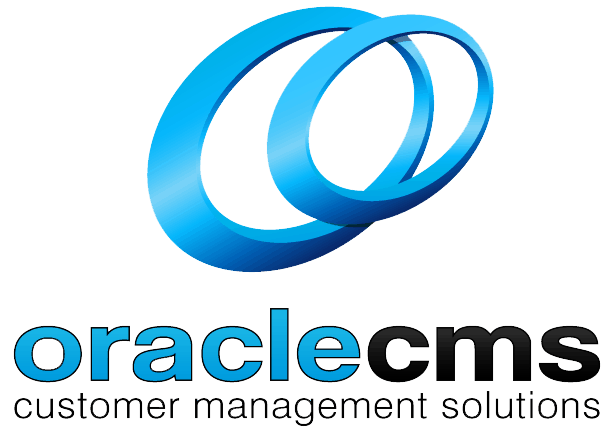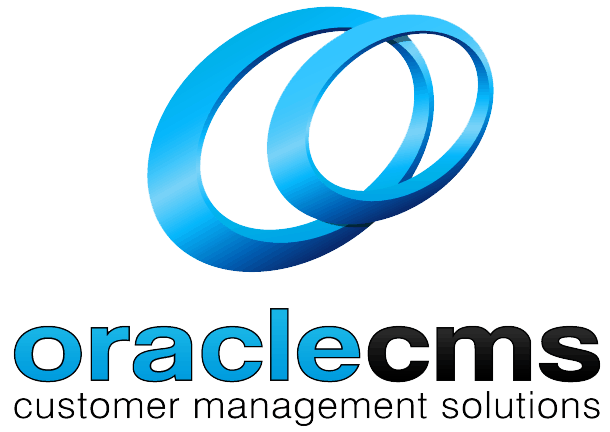What is Average Handle Time (AHT) in Call Centres?
Average Handle Time (AHT) emerges as a critical metric in call centres, primarily measuring the average duration needed to conclude customer engagement.
This includes several components:
- Dialogue Duration: The time spent in direct conversation with customers.
- Pause Duration: Periods when callers are placed on hold.
- Conference Duration: Time agents spend on conference calls.
- Post-Call Duration: Time allocated for after-call tasks.
- Total Call Volume: The number of calls managed by the agents. The calculation method aggregates the sum of dialogue, pause, conference, and post-call durations, and this total is divided by the overall number of calls managed. These data points are typically extracted from the call centre’s Automated Call Distribution (ACD) system.
Utilisation of Average Handle Time (AHT) varies within call centres. A lower AHT often signifies heightened efficiency, as it allows agents to manage more calls. This metric is essential in determining staffing levels. Workforce planners utilise it for calculating the necessary number of agents and for devising work schedules. Moreover, AHT can be analysed at an individual agent level, commonly featuring as a primary metric on their performance dashboards.
However, excessive focus on AHT should be approached with caution. Overly reducing AHT can degrade customer experience, pushing agents to accelerate through customer interactions. On the other hand, an increasing AHT might suggest a shift towards more intricate, time-consuming calls. Thus, while AHT is a significant indicator, it forms only a part of the larger operational picture. Comprehensive reports and analytics are crucial for a complete understanding of contact centres.
AHT is a vital metric in call centre operations, signifying the time an agent dedicates to each customer call or query. This encompasses dialogue time, pause time, and any necessary post-call work for issue resolution. AHT is a key indicator of a call centre’s operational efficacy and its impact on customer contentment.
Comprehensive Overview of AHT Calculation Formula
AHT is determined by dividing the cumulative time spent on calls by the count of calls handled within a specified timeframe. The formula is:
AHT = (Total Dialogue Time + Pause Time + Post-Call Work Time) / Total Number of Calls
Detailed Guide to Calculating AHT
- Select the period for AHT calculation, like a day, week, or month.
- Accumulate data on total dialogue, pause, and post-call work time for all calls within this timeframe.
- Sum up these times for a collective total call duration.
- Ascertain the total number of calls managed in the chosen period.
- Divide the cumulative call duration by the number of calls to find the AHT.
Avoiding Common Mistakes in AHT Calculation
Errors in calculating AHT often stem from not including all time spent on a call, such as pause time and post-call work time. Additionally, failing to account for all calls, like abandoned or unrecorded calls, can skew results. Ensuring complete and accurate call data is vital for an accurate AHT figure.
The Importance of AHT in Customer Service
AHT bears a significant influence on customer experience and satisfaction. An elongated AHT may lead to customer irritation, perceived as slow and ineffective service. Conversely, a brief AHT might lead to insufficient interactions, failing to resolve customer issues thoroughly. AHT also contributes to the overall performance and efficiency of a call centre.
AHT’s Impact on Customer Experience
An extended AHT can adversely affect customer experience, causing extended wait times and potential dissatisfaction. It may also involve frequent customer transfers, which can be both frustrating and confusing. A brief AHT, however, might not adequately address customer concerns, resulting in dissatisfaction and frustration.
The Influence of AHT on Customer Satisfaction
AHT directly impacts customer satisfaction by shaping their perception of service quality. Customers encountering long wait times and inefficient service are likely to be dissatisfied and may consider alternative service providers. In contrast, a short AHT can boost customer satisfaction by offering prompt and efficient service.
AHT’s Role in Assessing Call Centre Performance
As a crucial performance metric, AHT provides insights into the effectiveness of call-handling processes and pinpoints areas needing improvement. A low AHT suggests efficient call management and high agent productivity. In contrast, a high AHT indicates potential areas for process enhancement and the need for further agent training.
Identifying an Optimal AHT
The ideal AHT varies based on industry, call type, and the complexity of the issues handled. Generally, an effective AHT should be as low as feasible without compromising service quality. Nevertheless, industry-specific benchmarks and call types may dictate varying standards for an ideal AHT.
Strategies for Enhancing AHT
Maintaining a low AHT while ensuring quality customer service includes:
- Optimised Call Routing and Management: Effective call routing systems can lower AHT by quickly connecting calls to the most appropriate agents. Systems that route calls based on agent skills and availability can decrease hold times and improve the likelihood of first-call resolution.
- Comprehensive Agent Training: Enhancing agent abilities through training in communication and customer service skills can expedite issue identification and resolution, thus reducing call durations.
- Refining Call Scripts and Processes: Streamlining scripts and call processes can shorten call durations, enabling agents to handle calls more efficiently and manage a higher volume of calls.
- Technology Integration: Implementing technologies like automated chatbots for common inquiries and call centre software for accessing real-time customer information can significantly reduce AHT.
By implementing these strategies, call centres can refine their call-handling processes, reduce call durations, and offer superior service to customers.

